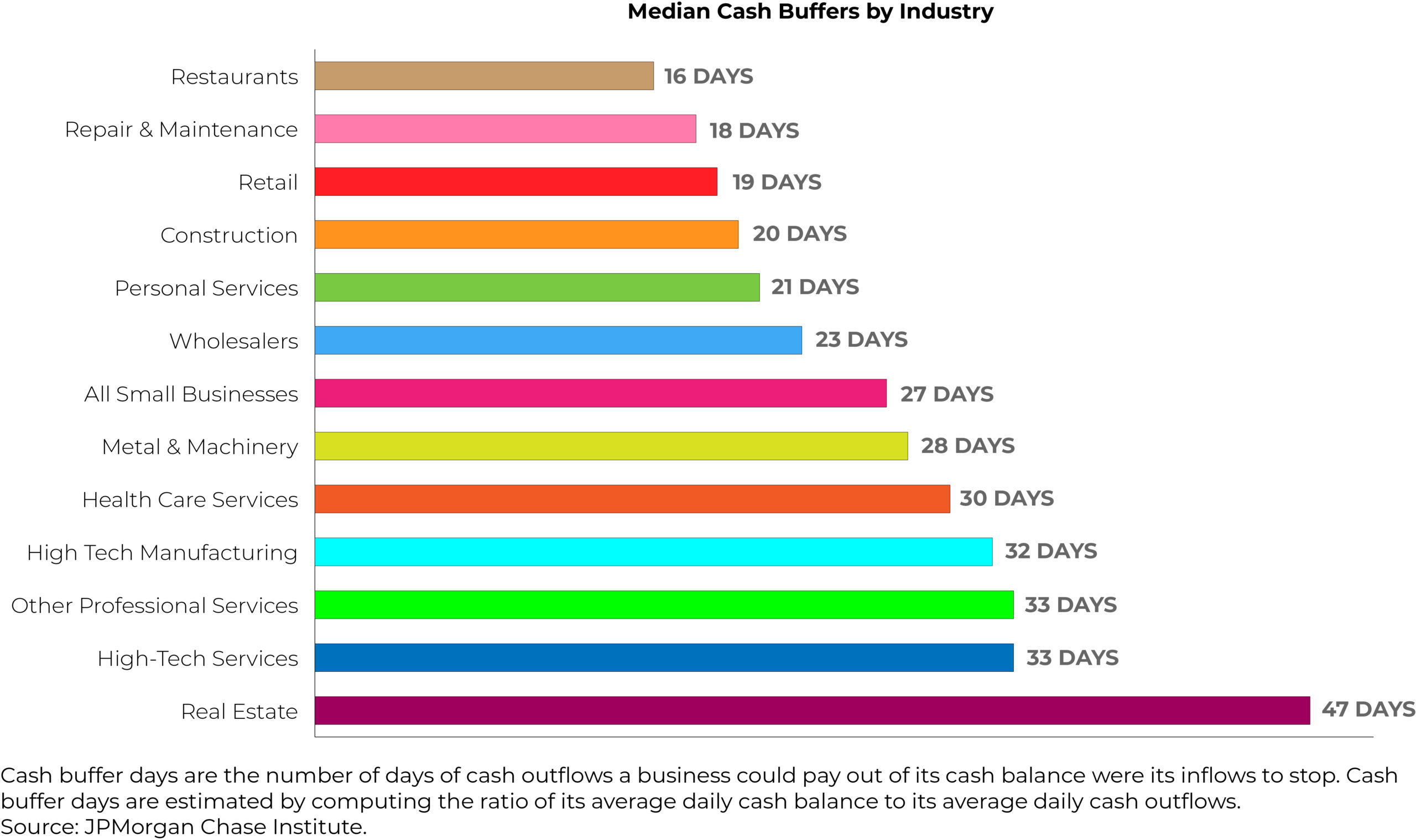It’s a worthwhile investment
Creating a strong online profile is no longer an option; it’s a necessity. These challenging times have not only changed our life and business priorities but how we interact with others.
Whether you are looking to expand your network or build your business, social media enables you to:
- Discover new ideas and trends
- Connect with existing and new audiences in deeper ways
- Bring attention and traffic to your work
- Build and enhance your professional and personal brand
- Demonstrate your “thought leadership” skills
- Create strong personal connections at scale
If done right, your refreshed online presence gives you an opportunity to attract more people who not only support you but will enlighten your thinking about ways to grow your brand and your business in this environment.
Some of you use social media explicitly for driving business. The vast majority of you use social media to create a personal connection with your friends, clients and prospects. The elements required to create engagement remain the same:
- Create an online presence that truly reflects your personality
- Post good content that tells compelling stories
- Actively engage with your friends and acquaintances
That said, themes and images that created engagement and excitement before February 2020 may have the very reverse effect today. Early surveys already demonstrate dramatic shifts in purchasing behavior, aspirations, and long-term economic perspectives of most consumers. In short, think twice before posting a picture of your visit to the beach, a ride on a posh boat, or a new car.
For the remainder of 2020, we believe that consumers will respond to content that demonstrates:
- You work hard to serve your community
- Your advice and products offer safety for families and retirees, and
- People can trust you to steer them through this economic storm
We suggest you begin with your profile. First, ask yourself three questions:
- Are there ways to improve what you already have online? Will a prospect immediately grasp your commitment to providing financial guidance?
- Is the profile picture you uploaded last year still relevant? Will a consumer want to trust the picture of the person they see?
- Does your bio need to be updated? Have you fully documented your community activities?
Since it’ll be the first impression many people see, improving your online presence includes social media channels. Does that initial impression convey community connection, safety and trust?
We’ll focus on four social media channels: LinkedIn, Twitter, Facebook and Instagram. Since we are concentrating on business, LinkedIn should be the platform you refresh first.
Four things you’ll need to get started:
Your Background Header Image
It’s time to replace the generic “sky” photo behind your head shot. This is your “billboard.” Put it to good use! There are many free quality LinkedIn backgrounds available online. You may want to choose one that resonates with your personal style or represents your interests.
Your Professional Headline
Your headline is what appears directly below your photo on LinkedIn. The default is your current job title. Rather than using your title, you should include information that attracts visitors to want to learn more about you. Be explicit about how you can help people – but do it in a professional manner. Remember, you get up to 120 characters in your headline.
About/Summary
Add a Summary to better represent the depth of your professional expertise. Most people use first-person voice in their About section, rather than writing about themselves in the third person. First-person sounds more personable. Select one and stick with it.
The Summary is also great for search engine optimization (SEO). Use keywords that are relevant to your industry expertise. The keywords and phrases in your profile—including your Summary and other information—will impact how likely you are to show up in Google searches for:
- Your name
- Skills relevant to your expertise
- Companies where you work
LinkedIn offers a variety of ways to expand your network by connecting with professionals in your industry. You should also post your own content, showing off your thought leadership and expertise on a regular basis.
While you may use your LinkedIn photo for Twitter, Facebook and Instagram, consider using photos of a more casual nature. Try using photos that showcase your hobbies or interests.
Twitter offers you 280 characters to express your ideas and thoughts. You can use photos and videos that support your message to help you stand out. Smart, relevant, timely posts can help you raise your profile, especially when you use #hashtags.
Facebook can connect you with influencers in your industry and you can share articles, stories and images. Show the world what matters most to you.
Instagram is more than photos and images, it’s a place for doing business. Instagram’s audience loves cool and interesting visuals. You can combine awesome content with visuals such as infographics or images to build followers.
It’s an art and a science
Be authentic. Think before you post. Experiment and see what’s working and what isn’t. Constantly re-evaluate.
Start slow, select the platforms that align with what you are trying to accomplish. Look to others in the market that are doing this well. Use your common sense.
This new era has given us the gift of time. Investing some time to enhance your online presence today will pay dividends in the future.
Keep Compliance Top of Mind
If you’re using social media for prospecting or to advertise insurance products, keep in mind that all states have specific rules and regulations you need to comply with. And be sure to get approval from insurance or annuity carriers when mentioning their name or products, whether online or in other types of media.
 SAYBRUS NEWS
SAYBRUS NEWS










Recent Comments